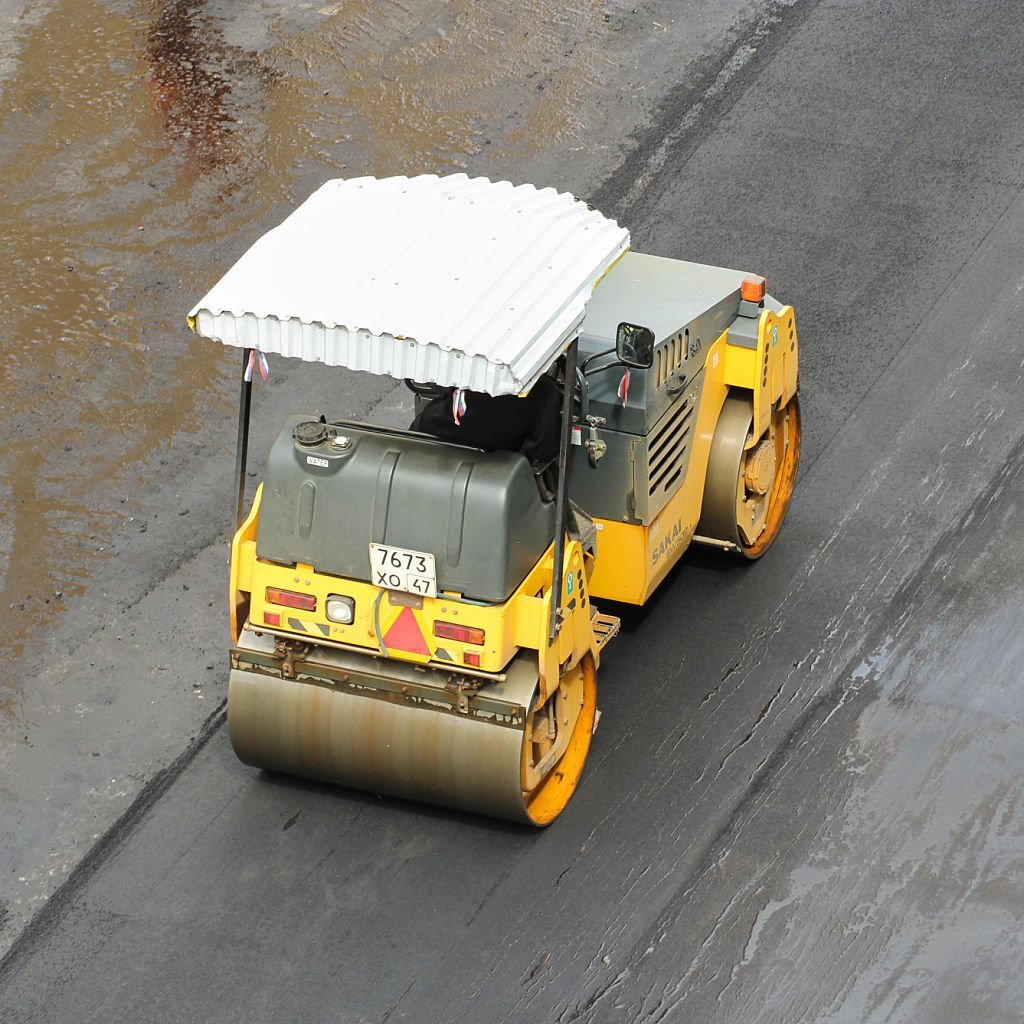
Compactors are versatile machines that play a crucial role in achieving uniform compaction in various heavy equipment applications. These machines differ in design and functionality to cater to specific construction projects and materials. From plate compactors designed for small-scale projects to vibratory rollers for large surface areas and landfill compactors for waste management, each type of compactor serves a unique purpose. In this article, we will explore how compactors differ in terms of design and functionality for various heavy equipment applications. We will delve into the features and capabilities of plate compactors, vibratory rollers, landfill compactors, and other specialized compactors, highlighting their importance in diverse construction projects.
1. Plate Compactors
Design: Plate compactors have a compact and portable design, with a heavy flat base plate that exerts a downward force on the surface.
Functionality: Plate compactors are ideal for small-scale projects, such as compacting soil, gravel, and asphalt in narrow areas like trenches, driveways, and sidewalks.
Use Cases: Landscaping, utility repairs, residential construction, and DIY projects often involve the use of plate compactors.
2. Vibratory Rollers
Design: Vibratory rollers feature heavy drums that vibrate rapidly, imparting vertical compaction forces to the surface.
Functionality: Vibratory rollers are highly efficient for compacting granular materials like sand, gravel, and asphalt over larger surface areas.
Use Cases: Road construction, highway projects, parking lots, and airport runways typically employ vibratory rollers for compaction.
3. Pneumatic Rollers
Design: Pneumatic rollers have rubber tires and multiple pneumatic wheels that provide uniform compaction over the surface.
Functionality: Pneumatic rollers are suitable for compacting cohesive and non-cohesive materials, as well as sealing the surface with a kneading action.
Use Cases: Soil compaction, asphalt sealing, and road maintenance projects often involve the use of pneumatic rollers.
4. Sheepsfoot Rollers
Design: Sheepsfoot rollers have a drum equipped with projecting pad feet that penetrate and compact cohesive soils effectively.
Functionality: Sheepsfoot rollers are specifically designed for compacting clay and silt soils, whereas smooth drum rollers may be less effective.
Use Cases: Landfills, earth embankments, and soil stabilization projects may require the use of sheep foot rollers.
5. Landfill Compactors
Design: Landfill compactors are heavy-duty machines with specially designed wheels that allow for efficient waste compaction.
Functionality: Landfill compactors are used for compacting waste materials in landfills to optimize space and reduce environmental impact.
Use Cases: Waste management and landfill projects require the use of landfill compactors for efficient waste compaction.
6. Combination Rollers
Design: Combination rollers have both vibratory drums and pneumatic tires, providing the advantages of both roller types in one machine.
Functionality: Combination rollers offer versatility in compacting various materials, making them suitable for diverse construction projects.
Use Cases: Road construction and large-scale paving projects may benefit from the use of combination rollers.
7. Trench Compactors
Design: Trench compactors are narrow and equipped with remote-controlled compaction drums to access confined spaces.
Functionality: Trench compactors are specifically designed for compacting soil and backfill in trenches and narrow areas.
Use Cases: Utility trenching and underground construction projects often use trench compactors.
8. Reclaimer/Stabilizer
Design: Reclaimer/stabilizer machines feature a milling drum and soil stabilizing equipment for reclaiming and stabilizing existing pavement or soil.
Functionality: Reclaimer/stabilizers are used for recycling existing materials and stabilizing soil for road construction and rehabilitation.
Use Cases: Road rehabilitation and reconstruction projects may require the use of reclaimer/stabilizer machines.
Conclusion
Compactors are essential machines in heavy equipment applications, each designed with specific features and functionalities to cater to diverse construction projects. From plate compactors for small-scale projects to vibratory rollers for larger surfaces, and landfill compactors for waste management, each type of compactor serves a unique purpose. Understanding the design and functionality of different compactors is crucial for selecting the most suitable machine for specific construction applications, ensuring optimal compaction results and successful project outcomes.

